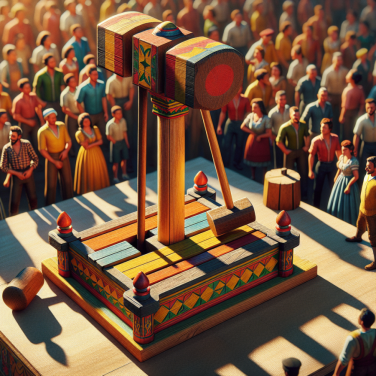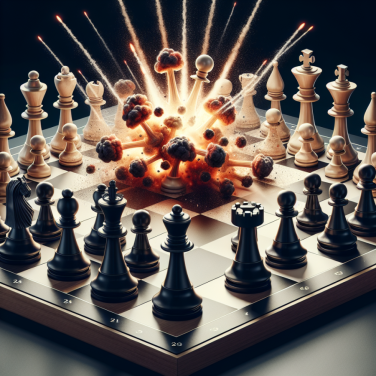Mastering the Mechanics of a Powerful Slapshot
Within the realm of ice hockey, the slapshot stands as a testament to a player's raw power and precision. The slapshot is not merely about striking the puck with brute force; it is an intricate technique where the mechanics of motion and the physics of energy transfer converge to create a fast, effective shot that can change the course of a game.
To master the slapshot, first and foremost, a player must perfect their stance. Proper body positioning is critical, starting with a wide base for stability. The legs should be bent at the knees to lower the center of gravity and ensure a powerful upward thrust during the execution of the shot. The spacing of the feet plays a pivotal role; too narrow, and you sacrifice stability; too wide, and you lose the ability to generate the necessary power.
Once the stance is set, the grip on the hockey stick must be considered. The lower hand controls the power of the swing and should be placed approximately halfway down the shaft for maximum leverage. The upper hand anchors the stick and assists in directing the shot. This hand should be at the top of the stick, which enables full control over the stick's motion.
The backswing is the precursor to the shot. A well-executed backswing will dictate the subsequent power of the shot. It should be smooth and controlled, with the player lifting the stick backward, keeping the blade of the stick almost parallel to the ground. A common error is to over-rotate on the backswing, which can lead to loss of accuracy and a decrease in the resulting shot power.
When bringing the stick forward, the player must focus on transferring their weight from the back foot to the front foot. This forward motion harnesses the energy from the body and directs it into the puck. The puck itself should be struck just behind its center to utilize the flex of the stick. This is where the stick 'loads' with potential energy, bending as it makes contact with the ice before the puck. A well-flexed stick will sling the puck with significantly more velocity than a rigid one.
As contact is made with the puck, the arms must follow through towards the intended target. The follow-through is not merely for aesthetic purposes; it is directly correlated to the height and direction of the shot. A high follow-through will send the puck higher, while a lower follow-through keeps the puck closer to the ice, which can be advantageous in certain game situations.
Read also:
The Intricate Game of Stones and Ice: An In-depth Look at Curling
Strategic Playbooks: Decoding Ice Hockey Team Tactics
In the world of ice hockey, behind the thrilling speeds, bone-jarring hits, and flickers of skill on the puck lies a chess game of intricate strategies. Coaches and players spend countless hours devising playbooks that can often become the defining factor between victory and defeat.
Strategic playbooks in ice hockey serve as blueprints for team conduct during various game situations. Each play or strategy within the playbook aims to optimize player positioning and puck movement to exploit the opposition's weaknesses while fortifying one's defensive stance.
One common element found in these playbooks is the "breakout" strategy, designed for when a team regains possession in their defensive zone. The key here is to move the puck out of the zone efficiently and safely, transitioning from defense to attack. Teams often execute well-choreographed patterns which see defensemen distribute the puck to forwards, who then look to enter the offensive zone with speed and numbers.
Another facet of the playbook centers around the power play. During these critical moments, teams have a numerical advantage and must capitalize. The umbrella formation, wherein players create a three-point shape at the top of the offensive zone, is a popular strategy. This allows for maximum coverage of the offensive zone and multiple shooting angles, often culminating in deadly slapshots from the point or deft deflections in front of the net.
In contrast, the penalty kill showcases a team's resilience and tactical acumen while at a numerical disadvantage. The box and diamond formations are prevalent, aiming to reduce shooting lanes and force the opposition to the perimeter. Tactical discipline and razor-sharp decision-making become paramount as teams fight off the onslaught.
Even strength scenarios do not lack complexity, as coaches orchestrate "set plays" off faceoffs, looking to catch opponents off guard with quick shots or cleverly designed passing plays. Knowing opponents' tendencies can lead to designed plays that counteract specific strategies, with scooped-up intelligence being as valuable as a star player's slapshot.
Additionally, the neutral zone trap revolutionized defensive team strategy in the 1990s. By clogging up the neutral zone, teams force opponents to commit errors. Precision and timing disrupt the flow, creating turnovers that can lead to counter-attacks.
As we dig deeper into the nuances of each strategy, we find that individual flair is often woven into the fabric of the collective approach.




